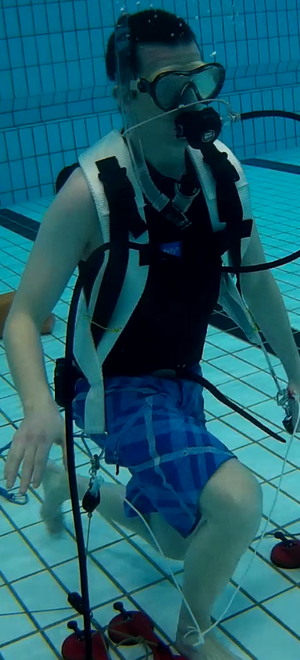
SDU’s potential as leading force in motion technology for humans, stems from the existing
strongholds in robotics, biomechanics, sports science, and embodied social interaction
Trinity's mission is to establish an interdisciplinary contexture that will strengthen the field by providing an
infrastructure of experience, coordination and cohesion beyond what individual initiatives and
projects can encompass. Trinity's primary goal is to encourage and assist pioneering inter-
and multidisciplinary researchers to “settle into" the new area and become part of an infrastructure
that will become a self-sufficient, stable and strong backbone of SDU’s leadership in motion
technology for humans.
Trinity is managed by 4 senior researchers, representing the 3 faculties. As activities are initiated, the team will grow as new participants join Trinity.
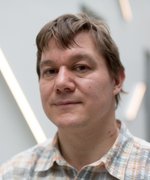


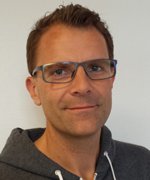
Anders S. Sørensen
Cyber-Physical systems & Project manager
Associate professor in Computer Systems Engineering, Ph.D.
The Technical Faculty
The Mærsk Mc-Kinney Møller Institute
Gitte Rasmussen
Bodily Social Interaction
Professor in social interaction
Faculty of Humanities
Department of Language and communication
Per Aagaard
Muscle physiology and Biomechanics
Professor in Muscle Physiology and Biomechanics
Faculty of Health Sciences
Department of Sports Science and clinical Biomechanics
Anders Holsgaard
Clinical Biomechanics
Professor in Clinical Biomechanics
Faculty of Health Sciences
Department of clinical science
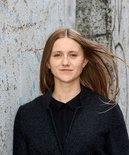
Emilie Munch Steffensen
Phd Student
Department of Language and Communication
The Humanistic Faculty
Bodily interaction between humans and robots
How do people engage in training activities with motion technology? Which social interaction practices and patterns are in play between robot, trainee and trainer? What elements constitute and carry the bodily interaction? These are some of the questions which are investigated in my Ph.D. project. The project will contribute to the BARI project with a humanistic perspective and aims at capturing the ways in which individuals carry out movements and make sense of them as they produce them. Through the use of video observations and with an ethnomethodological conversation analytic approach, I investigate how the participants in physiotherapeutic training with bodyweight-unloading robots employ multimodal actions and methods to indicate and achieve a common understanding of the training activities. The project contributes to the BARI project through pursuing human scientific insights into the multimodal practices of training.
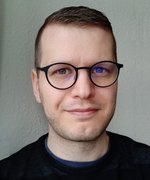
Morten Lynggaard Pedersen
Phd Student
Department of Clinical Research
Faculty of Health Sciences
Proof of concept of a body-weight-unloading robot for young adults with cerebral palsy
Persons with cerebral palsy experience a range of physical impairments, limiting their ability to stay physically active as well as participate in social and work-related activities. Current assistive technology for body-weight-unloading is either expensive, cumbersome or limited in its application. My PhD project seeks to support the further development SDU's RoboTrainer Light technology, by creating an overview of the current evidence and a proof of concept of the technology for young adults with cerebral palsy. I will perform a laboratory study of the robot’s biomechanical impact on gait, as well as a clinical study examining the feasibility and potential benefits on gait and physical functioning.
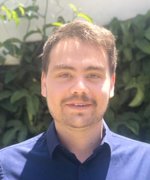
José P. De la Rosa
Phd Student
Department of Health Technology
The Technical Faculty
Interactive environments for robot-assisted physical therapy
Currently the use of RoboTrainer Light depends on the participation of experts in robotics to program and control the robot during each training provided. This represents an obstacle towards the potential massification of physical therapy that the device can achieve; there is a need of implementing an environment where the trainer (who has a limited knowledge in robotics) could interact directly with the robot for designing and programming training routines adaptable to the progression of users. My project seeks to apply methodologies to develop this environment while identifying the elements that compose it, the metrics that define its usability and the design strategies that guarantee a beneficial interaction between trainers, trainees, and robots.
Copyright © All Rights Reserved